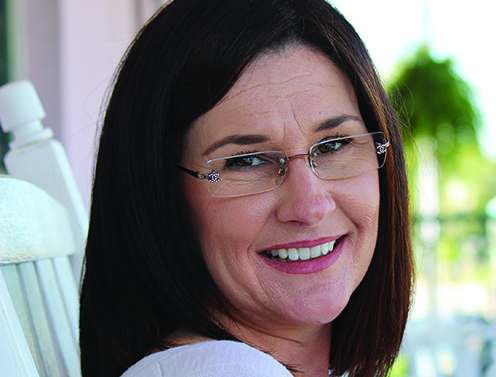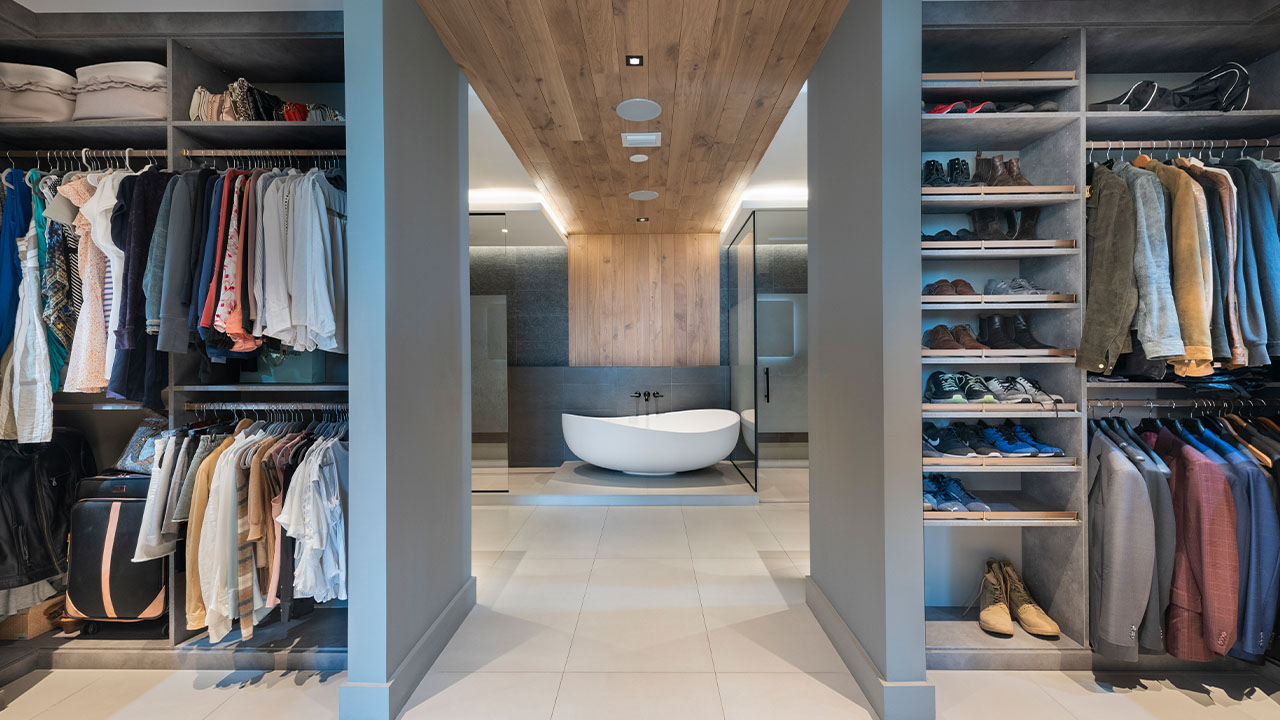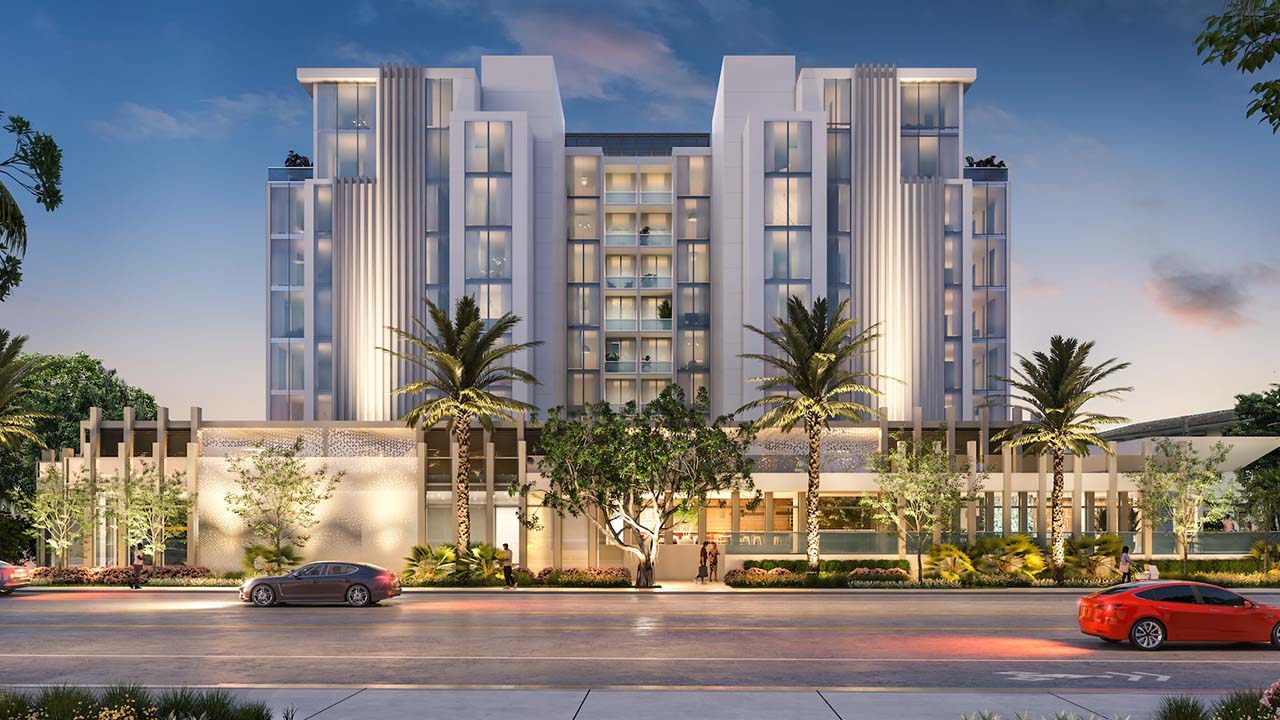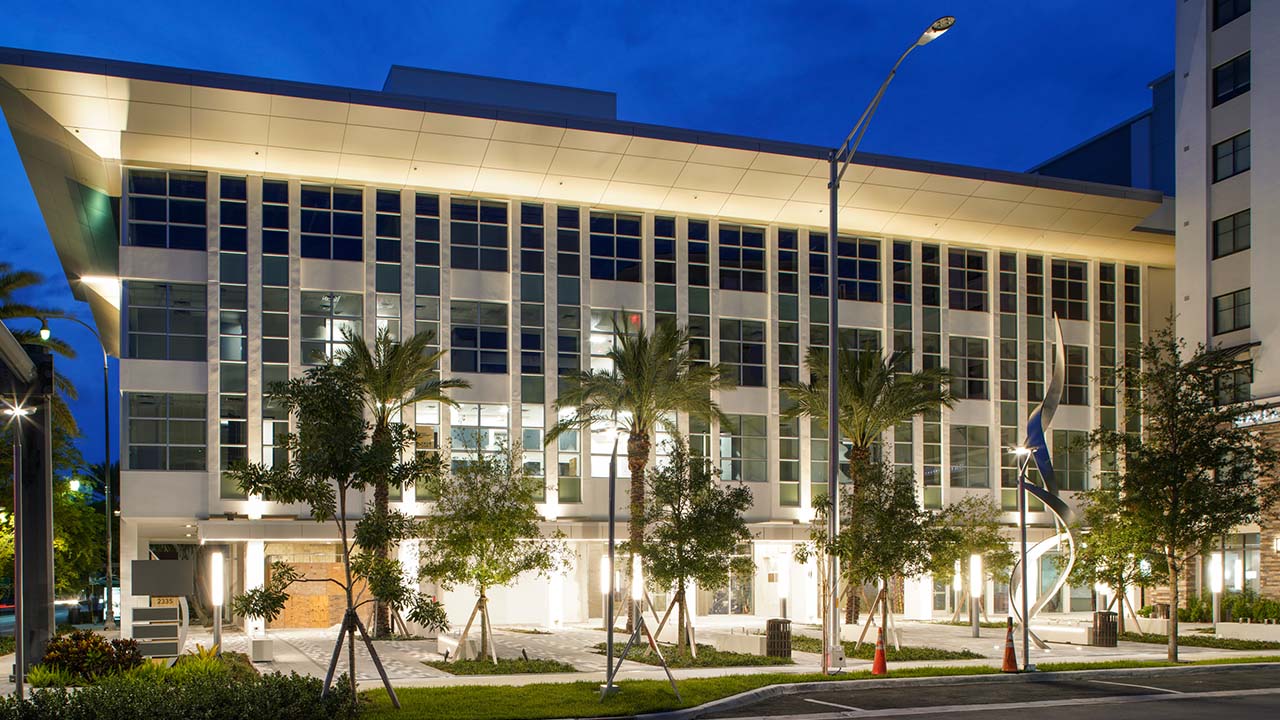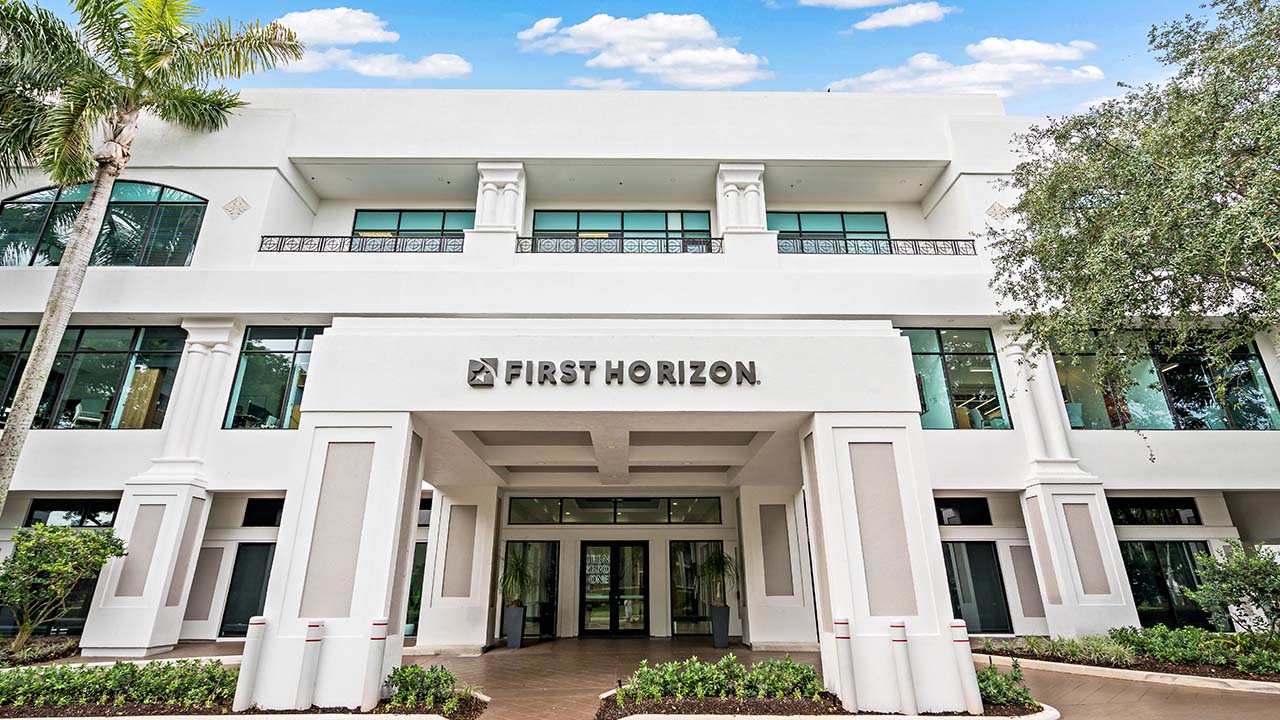By Darcie Lansford
It might be hard to fathom, with 1.1 billion square feet of those three-story, tilt-wall, big boxes that have been built since the Great Recession, that what America needs is more industrial facilities, according to a closely watched industry forecast.
Demand for warehouse, distribution and manufacturing hubs is expected to rise nationally in the third quarter, to 60 million square feet, according to the NAIOP Industrial Space Demand Forecast.
That’s creating a good old-fashioned supply-and-demand conundrum, because an average of only about 45 million square feet is being delivered per quarter, the report says.
And you don’t have to look much further than your own gas tank and personal shopping habits to see the demand drivers. “Higher oil prices are the leading cause of increased business investment because as oil prices rise, there is more incentive to increase energy production and commence energy exploration—activities that significantly stimulate the overall economy,” the report says. “Another major force at play is consumer spending as e-commerce continues to generate demand for industrial space.”
In a turn of a previous trend, the NAIOP forecast also points to increasing demand for facilities to house manufacturing of durable goods and product assemblage as a driver. The broader manufacturing sector has seen sustained growth for 22 months, according to the Institute for Supply Management.
But as the economy booms, so does a threat to the broader commercial real estate market.
“Despite the stronger recent GDP data, the Fed’s rate hikes are beginning to take a bite out of economic growth. Monetary policy tends to influence the economy with a long and variable lag, and changes in interest rates tend to have their greatest impact on growth about 18 months after they have been increased,” says Mark Vitner, senior economist at Wells Fargo. “We are already seeing some moderation in rapidly growing industries and regions of the country. The Fed’s rate hikes have also strengthened the dollar, which has slowed growth in Latin America.”
South Florida’s industrial market, perhaps more over-weighted to Latin American trade than other strongholds, is still proving desirable to tenants and near-irresistible to investors.
At 3 percent vacancy, Palm Beach County—among the smaller markets nationally—ranks eighth lowest in the country for vacancy, according to JLL data. At 1.4 percent vacant, Los Angeles—one of the nation’s largest markets—has the lowest vacancy, data shows.
“Concerns about a possible trade war are giving some real estate investors pause,” Vitner says. “Industrial space is in short supply throughout most of the country, however, so we do not think developers will slow construction anytime soon. The biggest worries are really with trade with China, not so much with Europe and Latin America. This puts ports and industrial facilities on the West Coast at more risk than it does in Florida.”
Investment sales in Miami-Dade County are on pace to reach record levels this year with a half-billion dollars in warehouse and distribution centers already trading through mid-year, JLL data shows.
Among the largest was Duke Realty’s deal to pay $180 million—$169 a square foot—for 1.1 million square feet at Countyline Corporate Park in Hialeah Gardens. Much of that footage is still under construction.
“Prices are up from five years ago, but supported by higher rents and occupancy,” CBRE Vice Chairman Christian Lee says of South Florida’s overall market strength. “Pricing certainly is not crazy, as many people like to say. What’s crazy are replacement costs. It’s very, very expensive to buy land and build today. Sale prices, with few exceptions, are at a hefty discount to replacement costs.” ↵
Freelance writer Darcie Lunsford is a former real estate editor of the South Florida Business Journal. She is the senior VP for leasing at Butters Group and is avoiding a conflict of interest in her column by not covering her own deals.



